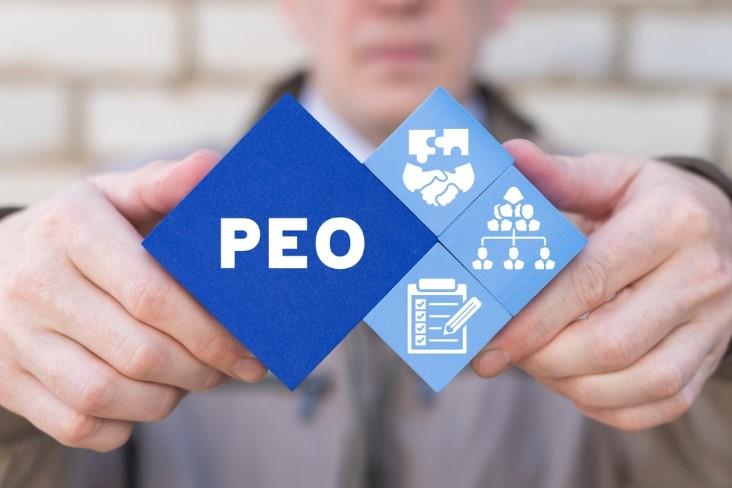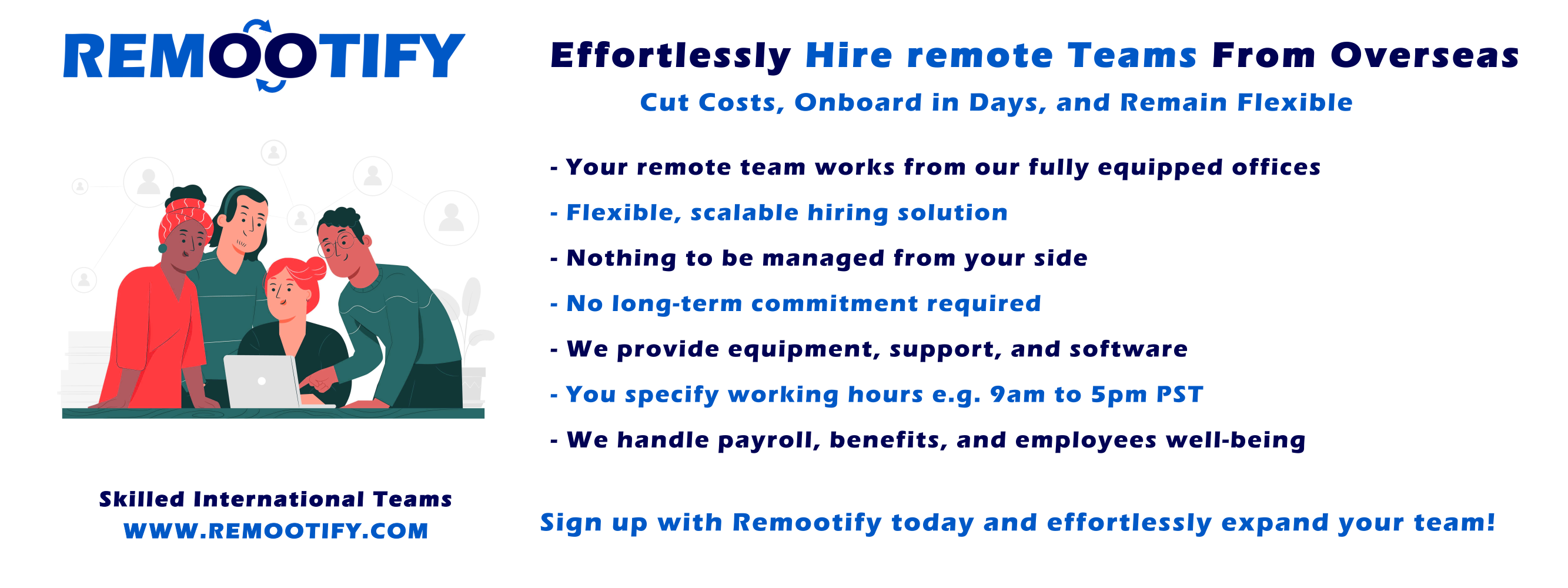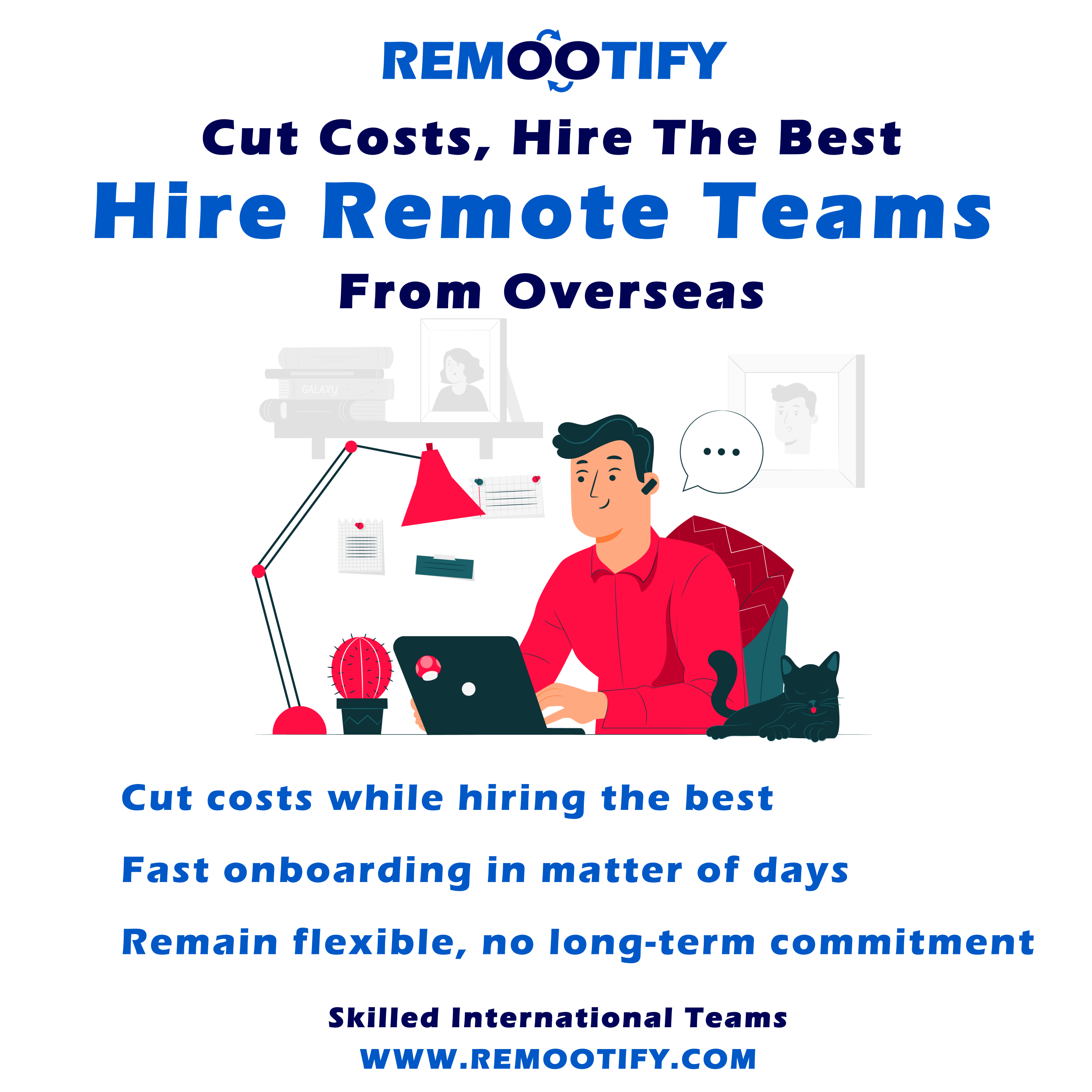Start hiring YOUR REMOTE TEAM, Today!
Enter your information below to start a discussion with one of our team members!

Navigating the world of HR solutions can be tricky, especially when trying to decipher the difference between an EOR (Employer of Record) and PEO (Professional Employer Organization).
It’s crucial to understand that while both provide employment solutions, EOR fully takes over as your company’s employer compared to a PEO where shared responsibilities are common.
This blog post will guide you through distinguishing these two options and choosing what best fits your organizational structure. Let us dive into understanding better how they impact your business operations and growth!
Key Takeaways
- An Employer of Record (EOR) fully takes over as your company’s employer, while a Professional Employer Organization (PEO) shares responsibilities with you in managing your workforce.
- PEOs primarily handle HR tasks like benefits administration and payroll processing, while EORs offer comprehensive employment solutions including international payroll management.
- The main differences between PEO and EOR include co – employment vs proper employment outsourcing, the need for a legal entity, and how payments to employees are managed.
- Factors to consider when choosing between PEO and EOR include control and flexibility, growth potential, services offered, and cost.
An Overview of PEO and EOR
PEO and EOR are popular employment solutions that businesses opt for to handle their workforce needs. A Professional Employer Organization (PEO) forms a co-employment relationship, managing HR tasks such as benefits administration, payroll processing, workers’ compensation insurance, and adherence to labor laws.
PEOs primarily function as intermediaries between companies and their workforce offering administrative support.
However, an Employer of Record (EOR), provides a total employment solution by extending its services further than just HR management. It offers the comprehensive handling of employeefacing matters including the complexities of international payroll.
An EOR stands in as the legal employer taking on both shared responsibilities with clients and sole obligations like ensuring compliance with local labor laws across different countries, giving them greater control over employee-related matters compared to a PEO.
Many growing organizations prefer this model because it allows them to scale efficiently without delving into intricate human resources or payroll management issues themselves.
Understanding the Differences Between PEO and EOR
PEO and EOR differ in terms of co-employment versus proper employment outsourcing, the need for a legal entity, and how payments to employees are managed.
Co-employment vs proper employment outsourcing
There is a key difference between co-employment and proper employment outsourcing. With co-employment, the employer shares responsibilities with another company, like a PEO. Both companies have a role in managing and supporting employees.
On the other hand, proper employment outsourcing, which is what EOR offers, means that one company takes on all the employer responsibilities for a distributed workforce. This includes legal obligations, HR management, payroll, and compliance support.
So when considering whether to use co-employment or proper employment outsourcing, it’s important to understand the level of control and responsibility you want to have over your employees.
Need for a legal entity
In order to hire employees and comply with employment laws, a legal entity is necessary when using a PEO or EOR. A legal entity provides the framework for establishing contracts, fulfilling tax obligations, and ensuring legal compliance.
Without a legal entity, an organization cannot properly employ individuals or manage their payroll. It is important to have a legal entity in place when partnering with either a PEO or EOR to avoid any potential legal issues and ensure that all employment responsibilities are fulfilled.
Payments to employees
Both PEOs and EORs handle payments to employees. When working with a PEO, the employer remains the joint employer and is responsible for ensuring compliance with employment contracts and making salary payments.
On the other hand, an EOR serves as the employer of record and takes on greater legal responsibility. This means that an EOR handles all aspects of payment to employees, including payroll management, tax withholding, and benefits administration.
By partnering with either a PEO or an EOR, organizations can ensure that their employees are paid accurately and on time while reducing administrative burdens.
Benefits of Using a PEO and EOR
Using a PEO or EOR can bring several benefits to your organization. With a PEO, you can access economies of scale, which means you have more buying power for benefits and insurance.
They also take care of HR services, such as payroll and compliance, so you can focus on other important aspects of your business. On the other hand, an EOR offers a comprehensive solution by taking on all employment-related responsibilities.
They handle legal and compliance matters, payroll management, and even provide support for employee benefits. This allows you to streamline your operations and ensure that everything is taken care of efficiently.
Whether you choose a PEO or EOR depends on your specific needs and priorities as an organization.
Factors to Consider in Choosing Between PEO and EOR
Factors to consider in choosing between PEO and EOR include control and flexibility, growth potential, services offered, and cost.
Control and flexibility
Control and flexibility are important factors to consider when choosing between a PEO and an EOR. With a PEO, the employer retains more control over employment matters and decision-making processes.
This allows for greater customization of HR policies and procedures based on the organization’s specific needs. On the other hand, an EOR offers less control but provides more flexibility in terms of managing a distributed workforce.
The EOR takes care of all employee-facing matters, including payroll management and performance evaluation, allowing the company to focus on other aspects of its operations. Ultimately, determining the right fit depends on how much control and flexibility an organization requires in managing its employees.
Growth potential
Considering the growth potential is essential when determining whether a PEO or EOR is the right fit for your organization. While both options can support business expansion, they offer different advantages.
With a PEO, you have more control and flexibility to scale your workforce as needed. You can easily add or remove employees without significant administrative burdens. On the other hand, an EOR provides a total employment solution and takes on all employment-related responsibilities, allowing you to focus on core business activities and strategic growth initiatives.
This means that with an EOR, you can quickly enter new markets and expand internationally without dealing with complex legal and compliance matters. So when evaluating growth potential, consider the level of control and flexibility required for your organization’s growth strategy as well as the complexities of operating in different regions or countries.
Services offered
Both PEOs and EORs offer a range of services to assist organizations in managing their workforce. PEOs primarily focus on providing HR services, such as payroll processing, benefits administration, and compliance support.
They may also offer assistance with recruitment and employee training. On the other hand, EORs go beyond HR and take on the role of the employer by offering comprehensive employment solutions.
This includes hiring employees on behalf of their clients, handling all employment-related responsibilities such as legal compliance, payroll management, and employee relations. Some examples of well-known PEO companies include Gusto and ADP.
Cost
Both PEOs and EORs have costs associated with their services. When using a PEO, employers typically pay a fee that is based on the number of employees. This can be an advantage for small businesses as it provides access to HR services at a lower cost than hiring in-house HR staff.
On the other hand, EORs may charge more because they handle more extensive employment responsibilities, such as payroll management and compliance support. However, this higher cost can be justified by the convenience and expertise provided by an EOR in managing all aspects of employment.
It’s important for organizations to consider their budget and needs when evaluating the cost of PEOs versus EORs. Overall, both options offer value for money depending on your organization’s requirements.
Conclusion
In conclusion, when deciding between using a PEO or an EOR for your organization, it’s important to consider the differences and benefits of each option. A PEO can handle HR services and offer economies of scale, while an EOR takes on the role of the employer and handles all employment-related responsibilities.
Assessing factors such as control, growth potential, services offered, and cost will help determine which solution is the right fit for your organization.
FAQs
1. What does EOR mean in the oil industry?
In the oil industry, EOR stands for Enhanced Oil Recovery. It is a part of reservoir engineering to increase oil production.
2. What is PEO in terms of coemployment?
PEO means Polyethylene Oxide and it refers to a staffing agency serving as a coemployer with increased degree of control within an organization.
3. How can my business decide between an EOR or PEO solution?
The decision-making process involves exploring organizational fit, efficiency optimization, and international complexities related to both EOR and PEO solutions.
4. Are there any differences between using a staffing agency and becoming a coemployer?
Yes, while being involved in coemployment means sharing staff with another employer, using a staffing agency often implies full employer substitution.
5. Is the meaning of Coemployment tied only to domestic contexts?
No! Depending on your needs, Coemployment solutions could be ideal even when venturing into global markets due to their ability aid with managing international complexities.





